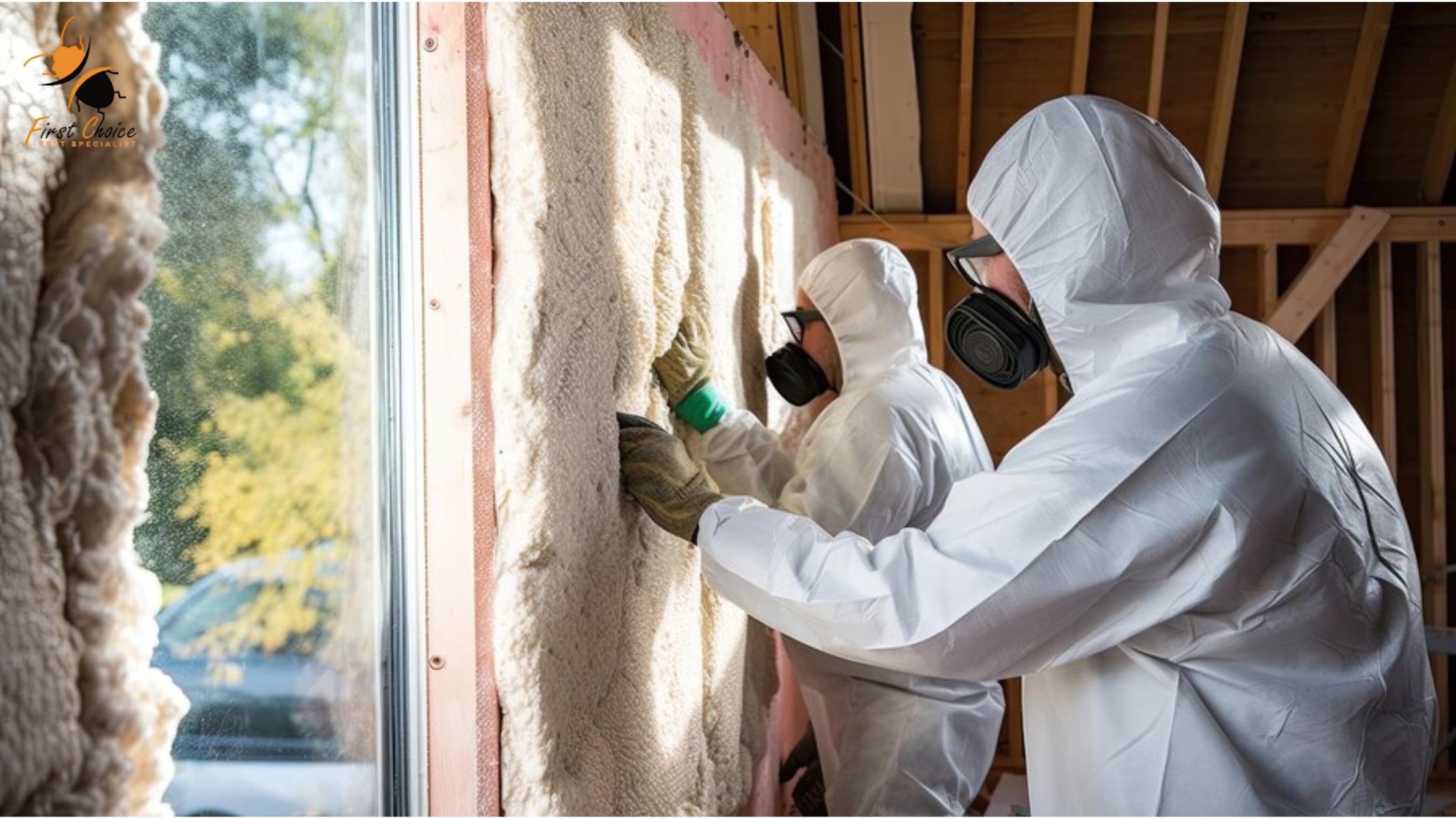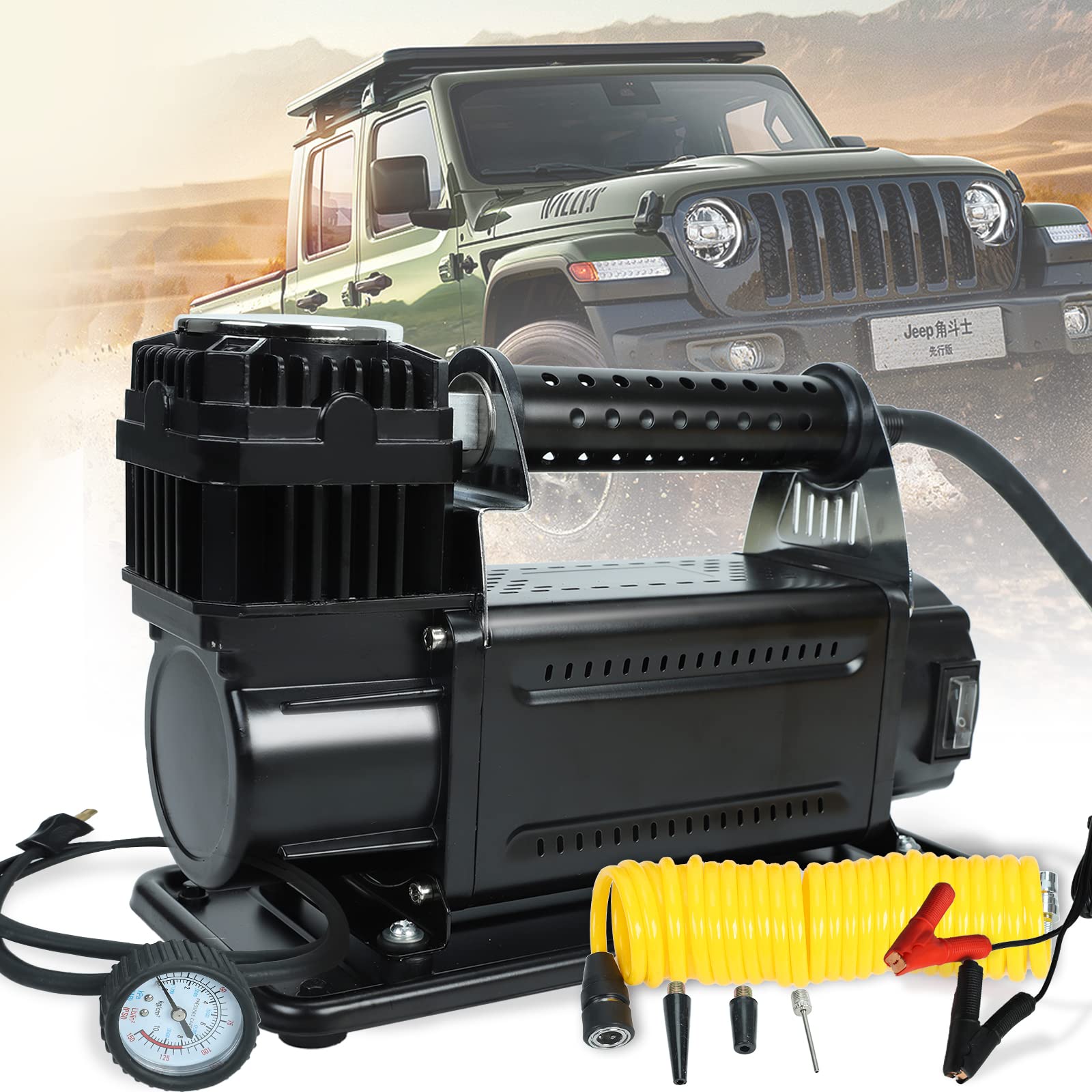HSE Welding Fume: What You Need to Know and How to Protect Your Workers
Welding is a common fabrication process that involves joining metals or thermoplastics by melting and fusing them together. However, welding also produces fumes that can pose serious health risks to workers and others in the vicinity. In this article, we will explain what welding fume is, why it is hazardous, what the guidance on HSE welding fume is, and how you can protect your workers from welding fume exposure using Translas products.
What is Welding Fume?
Welding fume is a mixture of airborne particles and gases that are generated during welding operations. The composition and amount of welding fume depend on several factors, such as the type of welding process, the materials being welded, the welding consumables, the shielding gas, the ventilation, and the work environment.
Welding fume can contain various substances, such as metal oxides, silicates, fluorides, carbon monoxide, nitrogen oxides, ozone, and hexavalent chromium. Some of these substances are known or suspected carcinogens, meaning they can cause cancer. Others can cause respiratory diseases, such as asthma, bronchitis, and pneumoconiosis. Welding fume can also affect the eyes, skin, nervous system, and reproductive system.
Why is Welding Fume Hazardous?
Welding fume is hazardous because it can enter the body through inhalation, ingestion, or skin absorption. Inhalation is the most common route of exposure and the most harmful. When workers breathe in welding fume, the particles and gases can reach the lungs and cause inflammation, scarring, fibrosis, or cancer. Some of the effects may be immediate, such as irritation, coughing, wheezing, or shortness of breath. Others may be delayed or chronic, such as lung cancer, chronic obstructive pulmonary disease (COPD), or occupational asthma.
Welding fume can also affect other organs and systems in the body. For example, hexavalent chromium can cause kidney and liver damage, ulcers, skin allergies, and nasal cancer. Ozone can cause headaches, dizziness, fatigue, and eye irritation. Carbon monoxide can cause nausea, vomiting, confusion, and even death.
The health effects of welding fume depend on several factors, such as the type and concentration of the substances in the fume, the duration and frequency of exposure, the individual susceptibility of the worker, and the presence of other hazards or stressors in the workplace.
What is the HSE Guidance on Welding Fume?
The Health and Safety Executive (HSE) is the national regulator for occupational health and safety in Great Britain. The HSE issued a safety alert about the health risks of welding fume in February 2019. The alert was based on new scientific evidence from the International Agency for Research on Cancer (IARC) that showed that exposure to mild steel welding fume can cause lung cancer and possibly kidney cancer in humans.
The HSE has also revised its guidance on exposure to welding fumes and has published the Control of Substances Hazardous to Health (COSHH) advice sheets to help employers comply with their legal duties to protect their workers from welding fumes. The HSE guidance states that:
- All welding fumes can cause lung cancer and other health conditions.
- Employers must protect their workers by controlling the health risks from welding fumes.
- This applies to specialist welders and workers who do some welding, no matter how small the amount.
- Employers must use engineering controls to prevent or reduce exposure to welding fumes.
- Employers must provide suitable respiratory protective equipment (RPE) if engineering controls are not adequate or not possible.
- Employers must monitor any controls they have to protect their workers.
- Employers must provide health surveillance for workers who are exposed to welding fumes.
- Employers must train workers on the risks of welding fumes and how to use controls.
How to Protect Your Workers from Welding Fume Using Translas Products?
One of the best ways to protect your workers from welding fumes is to use Translas products. Translas is a Dutch manufacturer of welding torches and equipment since 1960,
with a passion for innovation and new technologies. Translas offers welding torches and equipment that are distinctive in ergonomics, durability, performance, shape, and appearance. With Translas welding torches, you have a welding torch that lasts longer, works more pleasantly, offers more functionality, and looks exclusive.
Translas has a wide range of welding torches and equipment for different applications, including welding fume extraction. Some of their products include:
- The ClearO2 Fume Extraction Torches – These are innovative welding torches that have a built-in module to safely extract welding fumes at the source. They reduce workers’ exposure to hazardous fumes and provide a healthier and safer work environment. The ClearO2 torches are available for MIG/MAG, TIG, and MMA welding processes and have various features such as swivel joints, ergonomic handles, flexible hoses, and interchangeable nozzles.
- The ClearO2 Fume Extraction Units – These are powerful and portable units that can be connected to the ClearO2 torches or other extraction devices to remove welding fumes from the workplace. They have a high filtration efficiency of 99.9% and a low noise level of 69 dB(A). They also have an automatic filter cleaning system, a digital control panel, and an easy-to-replace filter cartridge.
- The ClearO2 Fume Extraction Accessories – These are additional products that can enhance the performance and functionality of the ClearO2 fume extraction system. They include extraction arms, extraction hoods, extraction tables, extraction nozzles, extraction hoses, and adapters.
You can buy Translas welding torches and equipment from their official website or from their authorized distributors like Alphaweld. Translas also provides excellent customer service and support for their products.
By using Translas products, you can comply with the HSE guidance on welding fume and protect your workers from the health risks of welding fume exposure. Translas products are designed to provide effective fume extraction at the source, which is the most efficient and reliable way to control welding fume. Translas products also offer other benefits such as improved weld quality, reduced energy consumption, and increased productivity.
Conclusion
Welding fume is a serious occupational health hazard that can cause lung cancer and other diseases. The HSE has issued a safety alert and revised its guidance on welding fume to help employers protect their workers from welding fume exposure. Employers must use engineering controls, such as fume extraction, and provide suitable RPE if necessary. They must also monitor, train, and provide health surveillance for their workers.
One of the best ways to control welding fumes is to use Translas products. Translas is a leading manufacturer of welding torches and equipment that offers innovative fume extraction solutions. Translas products can reduce workers’ exposure to welding fumes and provide a healthier and safer work environment. They can also improve weld quality, reduce energy consumption, and increase productivity.



